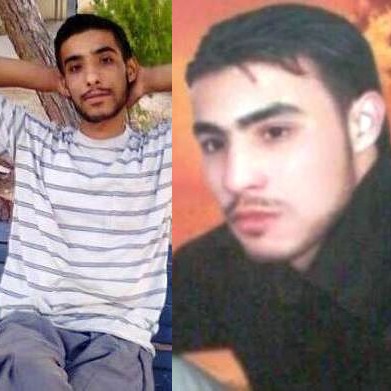Two brothers disappeared in the aftermath of the 2012 Karam El Zeitoun massacre in Homs
Timeline
September 25, 2020: MENA Rights Group requests the intervention of the UN Working Group on Enforced or Involuntary Disappearances.
September 2019: Imad and Alaa Al Ammar are seen at Sednaya prison by a former detainee, who later informs Al Ammar’s family.
August 2018: Imad and Alaa Al Ammar’s family obtains a copy of their civil registry record.
November 27, 2012: Alaa Al Ammar is disappeared at a checkpoint near the train Station of Mheen town in the Homs governorate.
March 26, 2012: Imad Al Ammar’s family goes to Homs’ National Hospital and are only able to identify the body of Al Ammar’s father.
March 11, 2012: Imad Al Ammar is disappeared after surviving a massacre committed by a group of Shabiha “militias” in the Karam El Zeitoun neighborhood of Homs.






